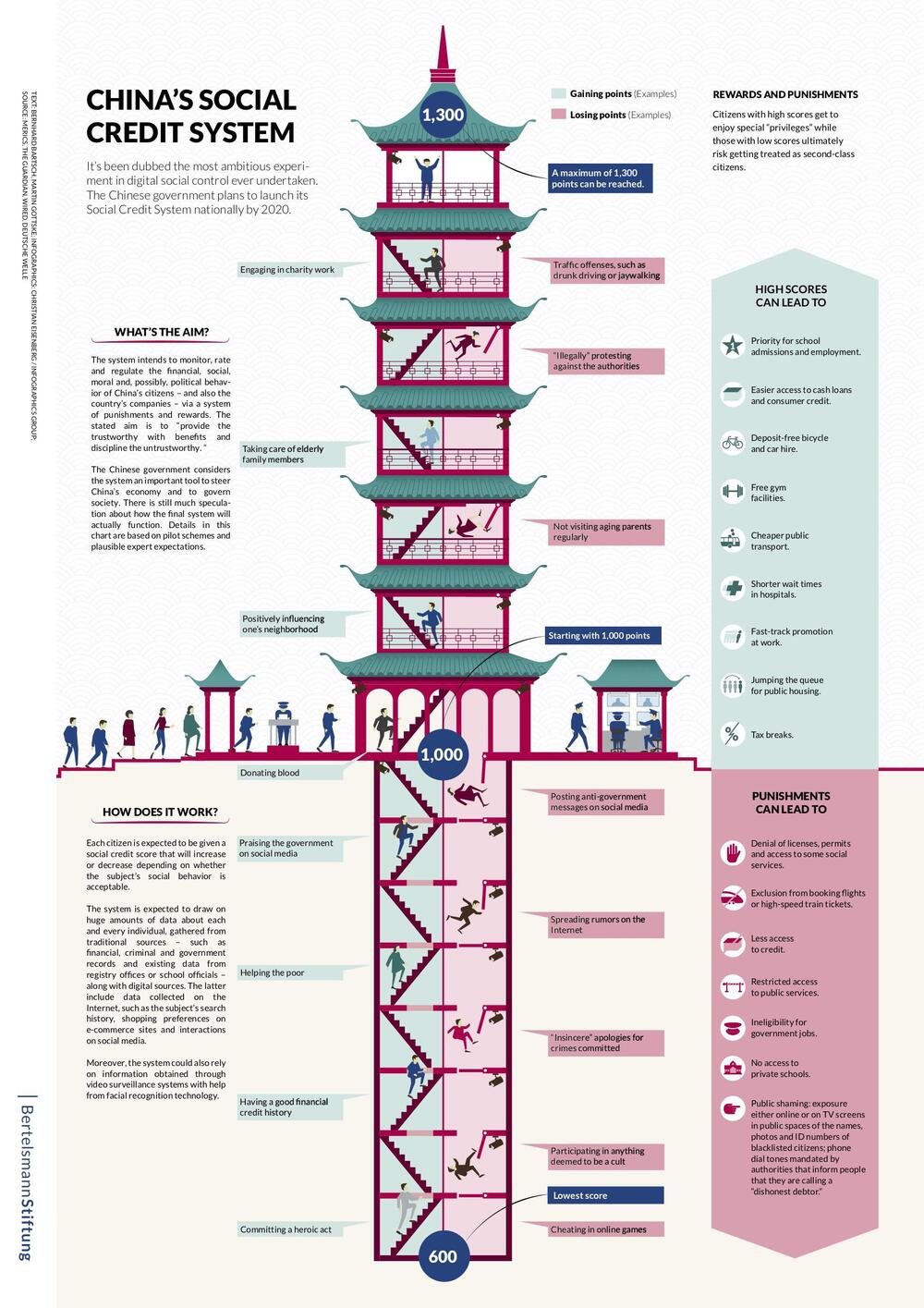Venezuela’s government is planning to move to a fully digital economy as hyperinflation has made worthless bolivar notes practically disappear, and dollarization expands through the local financial system.
The U.S. dollar has operated as an escape valve for Venezuela amid U.S. sanctions and collapsing oil revenues, President Nicolas Maduro said in a televised interview with Telesur on Friday. He said 18.6% of all commercial transactions are in dollars, while 77.3% are carried out in bolivars with debit cards. Only 3.4% are paid with bolivar notes.
“They have a war against our physical currency. We are moving this year to a more profound digital economy, in expansion. I’ve set the goal of an economy that’s 100% digital,” Maduro said, adding that physical money will eventually disappear.









